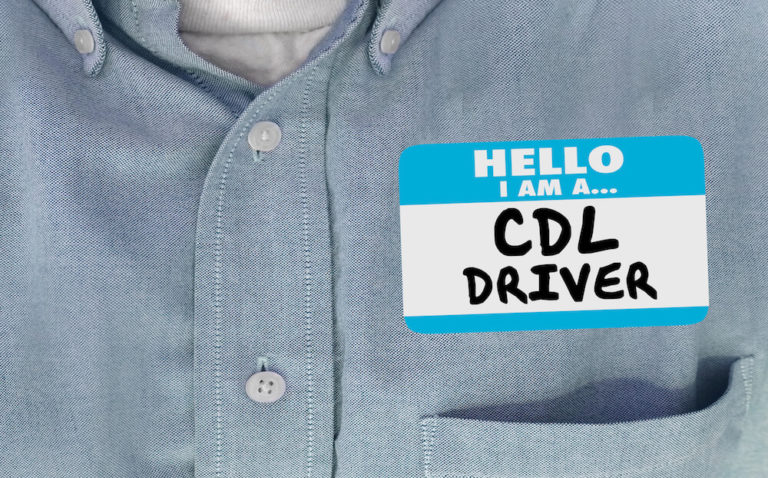An unsatisfactory rating can harm your ability to run your business and serve your customers. Understanding how and why unsatisfactory ratings are determined can help you avoid this situation and ensure your business is not interrupted.
Safety
We don’t have to tell you that trucking businesses face a lot of risks. The roads aren’t always the safest place, and that’s why it’s so important to take steps to emphasize and improve safety at your truck business. While this is beneficial because it will lessen the chance of your drivers and employees getting hurt, safety can also help you avoid truck insurance claims. In turn, that can help your truck insurance rates.
The following articles give suggestions and tips for improving different areas of safety at your business. Take some time to check out the various topics that we explore in the articles. We’ll explain the dangers of distracted driving, the importance of pre-trip vehicle inspections and preventive maintenance, why you should always wear a seatbelt, and more. Safety is an ongoing process, so it’s important to always be looking for ways to make your business a little safer. The following articles might help you think of ways to do that.
What is the Driver Safety Measurement System and how does it work?
The Federal Motor Carrier Safety Administration (FMCSA) operates several programs and divisions, including the Safety Measurement System (SMS).
How time-weighting for trucking violations works
The Safety Measurement System (SMS) is a program operated by the Federal Motor Carrier Safety Administration (FMCSA) to help identify unsafe drivers and prioritize them for intervention.
What is a targeted roadside inspection?
A targeted roadside inspection takes place when the Safety Management System (SMS) of the Federal Motor Carrier Safety Administration (FMCSA) triggers results that indicate a driver has recently received a violation.
Do a driver’s safety violations affect a motor carrier’s SMS ranking?
The Federal Motor Carrier Safety Administration (FMCSA) designed the Compliance, Safety, Accountability (CSA) program for two primary reasons. The first is to improve driver safety and the second is to prevent wrecks, injuries, and deaths involving commercial motor vehicles.
How do owner-operators meet their Clearinghouse requirements?
Starting on January 6, 2020, the Federal Motor Carrier Safety Administration (FMCSA) will operate a Drug & Alcohol Clearinghouse to better track drivers who violate substance use policies – the goal of the program is to improve public safety.
Will a violation count against the driver, the motor carrier, or both?
The Federal Motor Carrier Safety Administration (FMCSA) operates a program called the Safety Measurement System (SMS) to improve the safety of commercial drivers as well as the driving public.
What driver violations are Red Flag violations and what do they mean?
The Federal Motor Carrier Safety Administration, or FMCSA, performs inspections to ensure that both vehicles and drivers are complying with specific established standards. When drivers or vehicles are out of compliance with any of these standards, a violation will be recorded.









